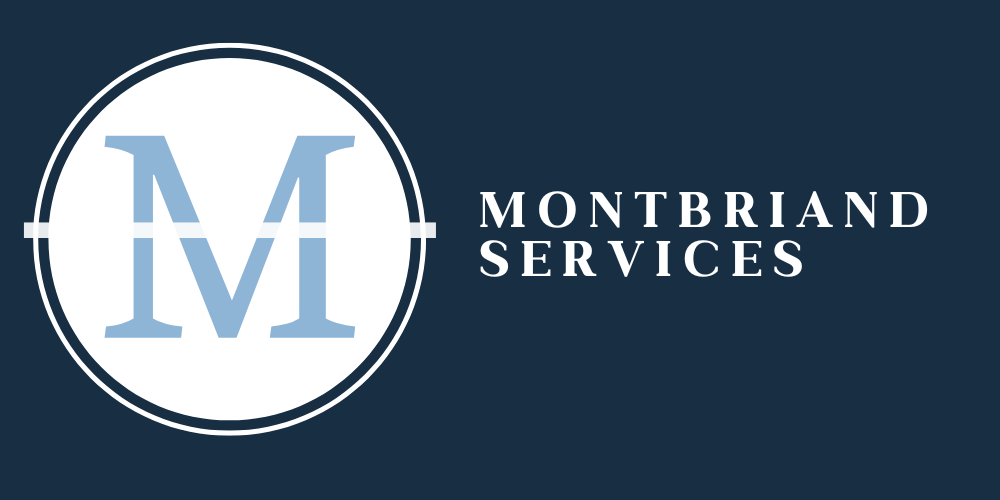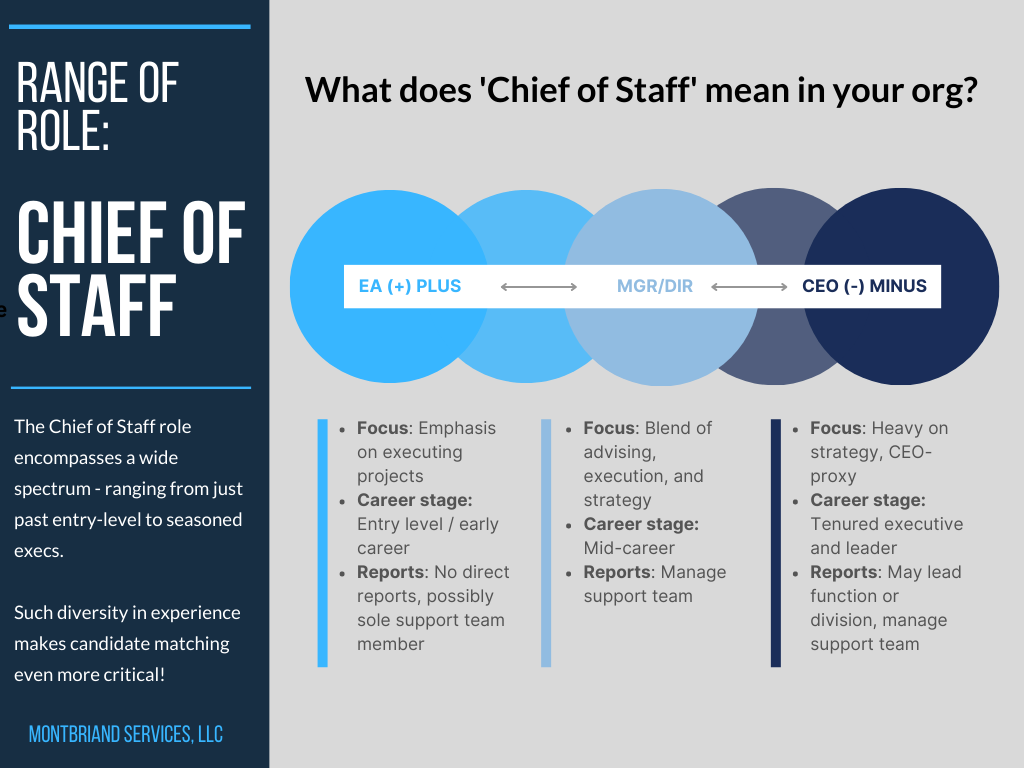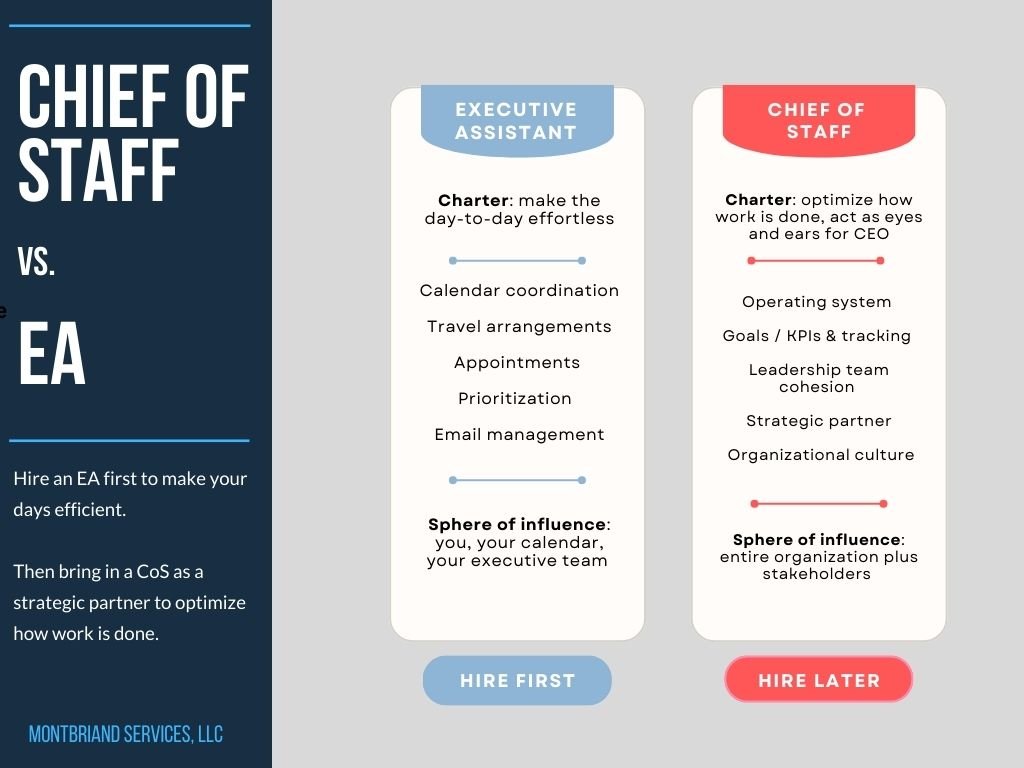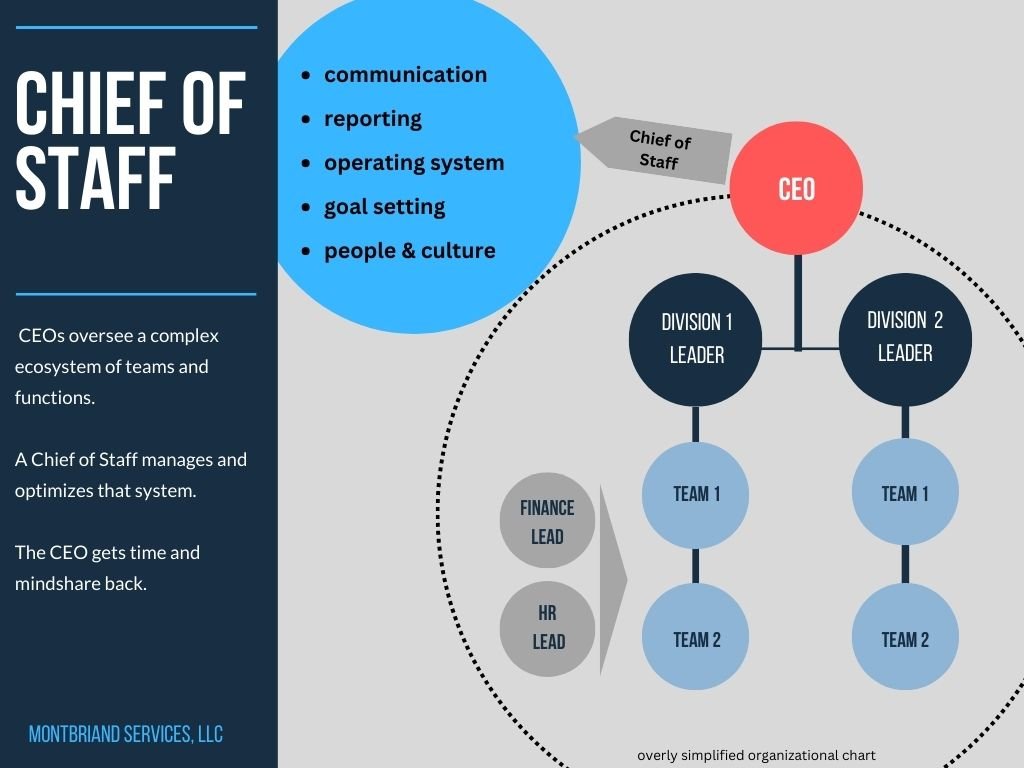What are you going to do when you’re done being a Chief of Staff?
How long is your ‘tour of duty’?
When will you rotate?
I never heard these questions more than when I was a corporate Chief of Staff.
People were curious.
The role was relatively new at the time. Their frame of reference came from government and military — places where roles come with a time clock. I get it.
Looking back, I now see the defined timeline of a Chief of Staff rotation as a powerful feature. In fact, I think it could be helpful to add a time clock to even more positions!
This deliberate approach isn’t just a buzzword — it’s a strategy that empowers both the organization and the individual.
Here’s how it helps organizations
Fewer zombie projects clogging up the backlog.
A finite tenure means strategic choices matter. No more perpetually postponed projects! It’s about getting things done with focus and impact.
New tools, new perspectives, new practices.
As organizations evolve, new energy and fresh eyes help adapt the operational rhythms, relationships, and goals. Think of it as injecting vitality into the system.
Accelerated leadership development.
Chiefs of Staff who rotate into the organization bring their rich problem-solving skills and unique insights to new roles. It’s like a fast track for leadership growth.
Meaningful succession planning.
It is risky to become overly dependent on just one person and fear the organization will grind to a halt without them. Rotations, planning, and succession strategies ensure a seamless transition.
Defined End Dates Help Personal Development
Having a defined end date as a Chief of Staff was great for my own growth as well.
Photo by Markus Spiske on Unsplash
In ‘standard’ roles, it’s not exactly commonplace to openly chat about how long you’re planning to hold your current spot or get explicit about your immediate next steps.
✖ You don’t want to appear uninterested in your current role or team.
✖ You don’t want your boss to think you are looking for something new (or cause them to panic-recruit your backfill)!
✖ And you certainly don’t want to put your role in jeopardy if there are budget constraints looming.
So, conversations about the future are vague at best.
However, when a specific endpoint is part of the equation, the conversation transforms. Suddenly, discussing what comes next is not only acceptable but encouraged.
What’s more, your boss and broader leadership team are eager to facilitate helping you land your next great role.
This shift in perspective helps in other ways
Proactive Reflection: The need to contemplate your next move prompts deeper introspection than the average role
Deadlines spur action: Knowing there is a defined timeline makes you more deliberate about taking steps toward your goal
Long-term Vision: Looking one to two years out and working back from an endpoint is helpful in any future role, anchoring your focus on a desired destination
Practicing Transition and Succession: You not only prepare for the tactical handover, but get to practice the mindset component of seamlessly allowing someone new to come in with their own agenda and ideas
Have the Right Convo in Any Role
Good news — these career planning strategies and open conversations aren’t limited to roles with defined end dates.
As a people manager, I kick off conversations about future roles by saying,
“I don’t intend to retire in this specific role and I don’t think you plan to retire in the seat you’re in today”
Followed by a question about what they want to be doing 2 or 3 jobs from now.
This makes it safe to talk about things beyond the current role, without implying change is imminent on either side of the table.












